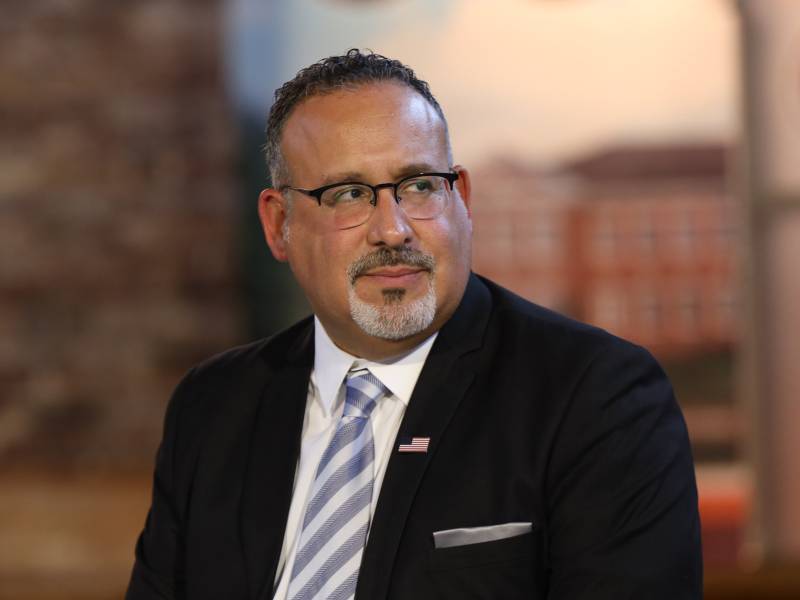When that fix was announced, Justin Draeger, president and CEO of the National Association of Student Financial Aid Administrators (NASFAA), said it was “the right thing to do.”
Undersecretary of Education James Kvaal said in a statement Tuesday, “Updating our calculations will help students qualify for as much financial aid as possible. Thank you to the financial aid advisers, college counselors, and many others helping us put students first.”
Kvaal and the department know this delay will hit college financial aid offices especially hard and further compress their timeline for sending out financial aid offers. Draeger tells NPR that if schools don’t receive FAFSA data until early to mid-March, many of them likely won’t be able to send financial aid offers to students until April. For many of those students, that leaves less than a month before they’re expected to commit to a college.
Charles Conn, a top aid administrator at Cal Poly Pomona, tells NPR he is “relieved” the Education Department is fixing that $1.8 billion mistake, but “our hearts sank as we learned that schools will now not begin receiving FAFSA data until the first part of March, at the earliest.”
“It’s going to be difficult to get aid offers out to prospective students before April,” says Brad Barnett, the financial aid director at James Madison University in Virginia. “It’s unfortunate that these delays could impact whether a prospective student goes to college at all this fall, or at the very least where they go.”
The problem for schools — which, by extension, is now a problem for families too — is that, because this year’s FAFSA is the result of a massive overhaul, financial aid offices aren’t entirely sure what to expect from the data they’ll be receiving. Ideally, they’d like several weeks to understand the new datasets and do some quality control of the new financial aid process.
“Schools are furiously reworking their timelines to see just how quickly they could turn around financial aid offers for students, to get them accurate aid offers as soon as possible,” says Draeger of NASFAA. But he points out, “This could be more difficult for under-resourced institutions that lack the funding, staffing, or technology capabilities of their peers.”
This new setback gives schools very little room for error.
Scott Skaro, the financial aid director at United Tribes Technical College, in North Dakota, says this new FAFSA timeline will be tough on tribal colleges, where more than 80% of students are low income and qualify for a federal Pell Grant.
“This is pretty devastating news,” says Skaro.
It’s good, he says, that the department is acting to make sure students get all the aid they’re entitled to, but not being able to make aid offers to prospective students until April or May could also do real harm.
“Our students rely on the peace of mind that comes with grant aid. And this uncertainty may lead them away from education. I don’t want the seniors of 2024 to be just a lost generation.”
He worries that the longer seniors have to wait to know if college is affordable, the harder it will be for some to resist “the temptations to just find some entry-level job and give up on additional schooling. I just worry how many there are out there.”
Copyright 2024 NPR. To see more, visit https://www.npr.org.
9(MDAxOTAwOTE4MDEyMTkxMDAzNjczZDljZA004))



9(MDAxOTAwOTE4MDEyMTkxMDAzNjczZDljZA004))